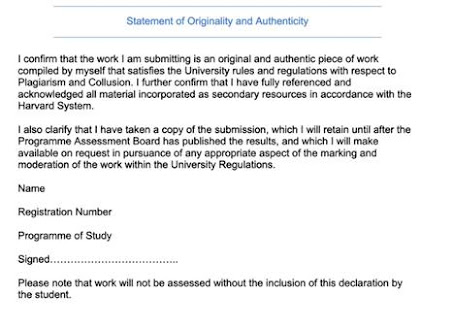Literature review strategy for an innovative topic: a note on the topic of marketing strategy management competence as an example
It happens sometimes that there are very few directly useful academic references for a relative innovative (uncommon) topic such as the one in this research objective: to evaluate the marketing strategy management competence of ABC Ltd.
Now then, there are quite a lot of academic references on (i) marketing strategy and (ii) managerial competence.
Step 1: My first task is to find out the activity/ function scope of strategic marketing and then explore what core competence/ managerial competence are required to manage this strategic marketing scope. On the scope of strategic marketing, I refer to the book of Strategic Marketing: Planning and Control, by Drummond et al (2008). the following 13 activities of strategic marketing I identified are as follows [the list is based on the topics in the table of content of the book of Strategic Marketing]:
1. external analysis activity
2. activity on competitive intelligence management
3. activity on segmentation management
4. internal analysis activity
5. activity on future orientation management
6. activity on marketing strategy formulation
7. activity on targeting, positioning and brand strategy management
8. activity on product development and innovation management
9. activity on alliance and relationship marketing management
10. activity on strategic marketing planning management
11. activity on strategic implementation management
12. activity to manage control function in marketing management
13. activity to deal with contemporary strategic marketing issues, including that of marketing ethics.
A concrete outcome of step 2 is that at least three academic ideas would have been collected for the high-level research task of "to evaluate the marketing strategy management competence of ABC Ltd".
Step 2: Now, the next set of concepts come from the core competence topic, which are related broadly to:
1. tangible and intangible resource controlled (e.g. owned) by the organization (e.g. ABC Ltd).
2. managerial and organizational capability to manage the resources (1 above) to contribute to the competitive advantage of the organization (e.g. ABC Ltd).
More specific academic ideas on core competence/ managerial competence need to be sourced from this academic literature. Similarly, a concrete outcome of step 3 is that at least three academic ideas would have been collected for the high-level research task of "to evaluate the marketing strategy management competence of ABC Ltd".
Step 3: Lastly, by using the academic ideas gathered from the strategic marketing and core competence literature, examine the research task of what and how organizational core competence and managerial competence are to be employed to manage the strategic marketing scope of an organization (e.g. ABC Ltd), in the form of a conceptual framework that link up all the academic ideas that you have gathered. Such a conceptual framework is your original intellectual to investigate the marketing strategy management competence of ABC Ltd. [I do not construct such a conceptual framework for students; it is up to the student to do the synthesis of ideas to come up with his/her own conceptual framework; nevertheless, some illustrative frameworks can be found via Google search: on strategic marketing framework and core competence frameworks]
The outcome of these three steps is to be presented in Chapter 2 of literature review that responds to the research objective of "to evaluate the marketing strategy management competence of ABC Ltd". The total academic ideas gathered should at least be 6, which meets the targeted quantity for a core-focus-domain item on a theoretical framework level 1a.
Lastly, the intellectual exercise to construct this conceptual framework is itself useful to practice high-level learning (notably at the "create" level) in terms of Bloom's learning taxonomy.


